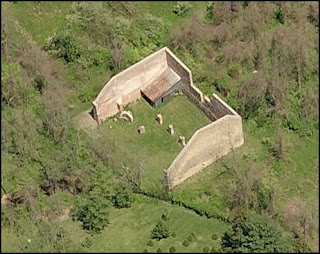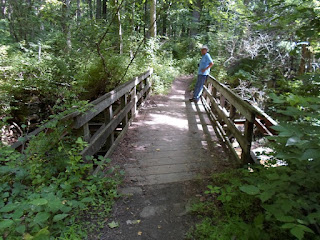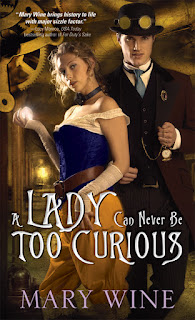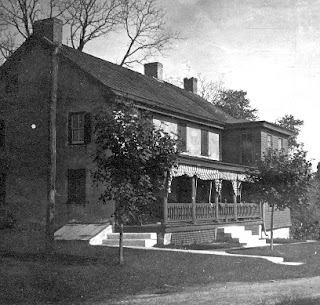Regency Land
I was reading a book the other day, set in a Regency land far, far away, and thinking what an odd thing it is, this composite faux Regency that’s been created. In the historical romance world, the Regency has spread to encompass everything from the beginning of the Napoleonic Wars in the late eighteenth century all the way up to the ascension of Victoria in 1837. That’s a pretty long stretch of time. Even within the actual Regency, which spanned from 1811, when the Prince of Wales finally wrangled the Regency, to 1820, when George III shuffled off both this mortal coil and his throne, you get a wide divergence in attitudes, styles and mores. Just look within the Hoydenage. My books, even though they get dubbed Regency, on the extended Regency-land principle, are really late Georgian or Napoleonic, or whatever you want to call them. They’re set in 1803 and 1804, on the earlier side of the Napoleonic Wars. My characters are, in many ways, still closer to the Georgians than to their





